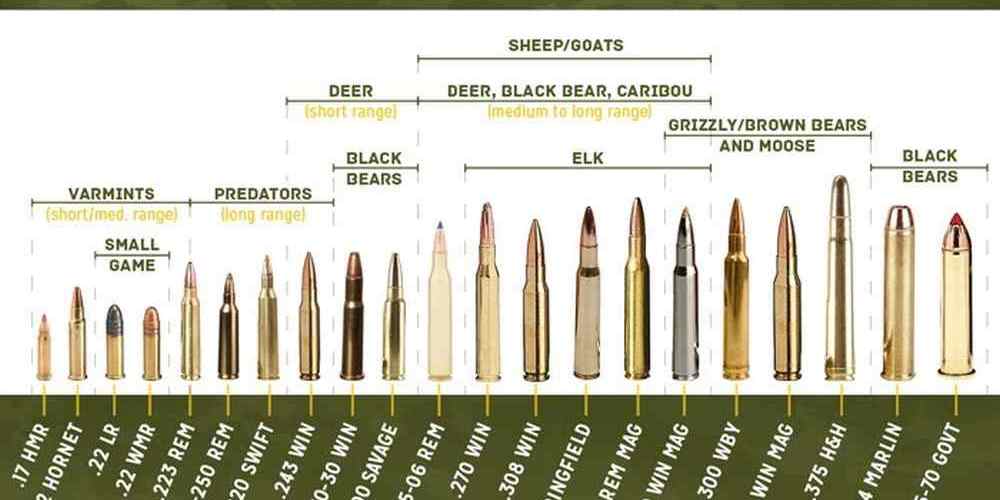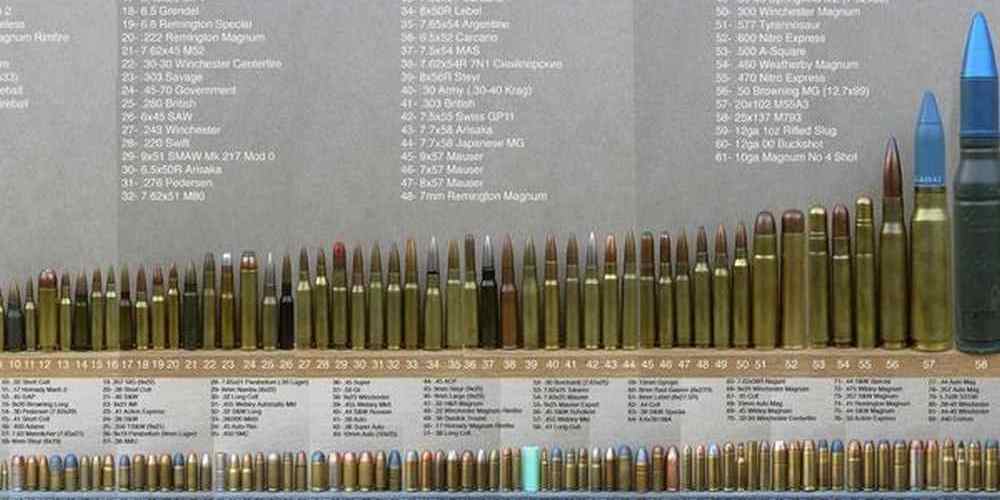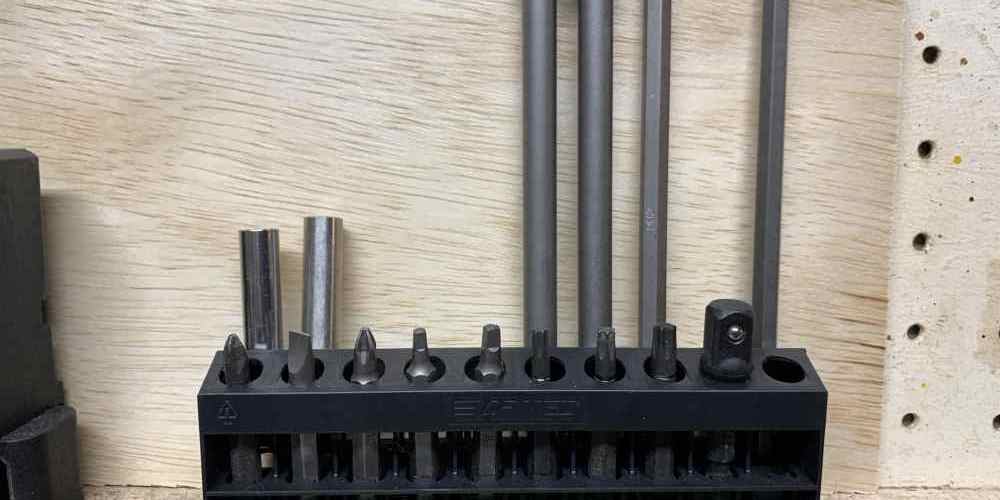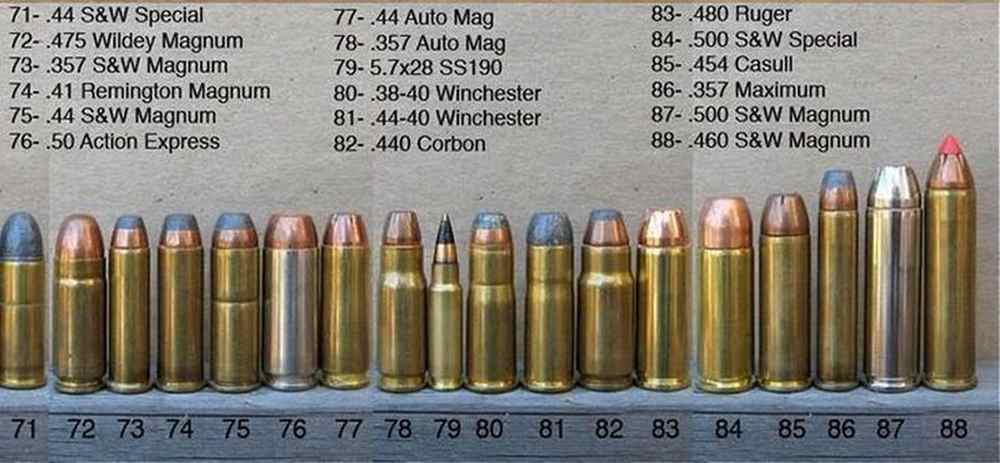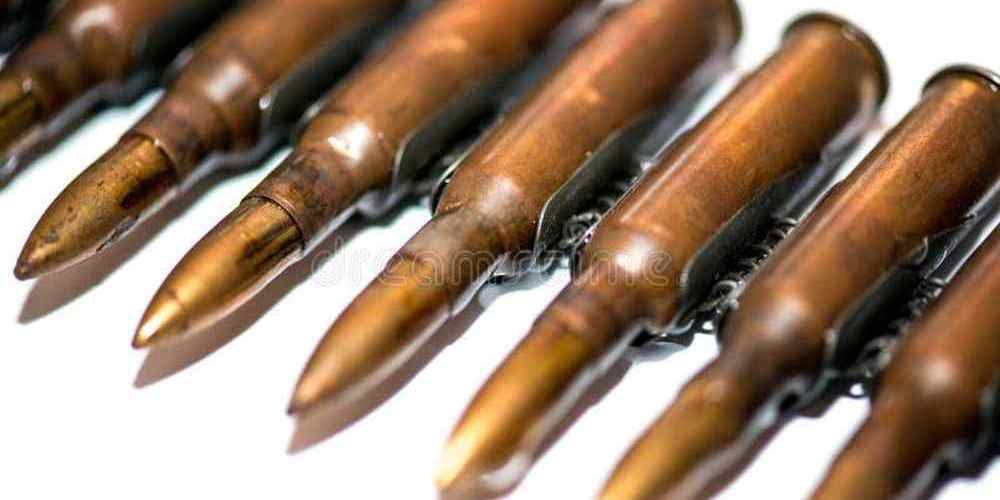“Handle with care, shoot with precision: Rifle Ammunition Safety Tips”
Proper Storage Practices for Rifle Ammunition
When it comes to rifle ammunition safety, proper storage practices are essential to ensure the safety of yourself and those around you. Whether you are a seasoned hunter or a beginner shooter, it is crucial to follow these tips for transporting and handling rifle ammunition.
First and foremost, it is important to store your rifle ammunition in a cool, dry place. Extreme temperatures can cause the ammunition to deteriorate and become unstable, increasing the risk of misfires or malfunctions. Additionally, moisture can cause the ammunition to corrode, rendering it unsafe to use. Therefore, it is best to store your ammunition in a climate-controlled environment, such as a gun safe or a secure storage cabinet.
Furthermore, it is important to keep your rifle ammunition away from children and unauthorized individuals. It is your responsibility as a gun owner to ensure that your ammunition is stored securely and out of reach of those who should not have access to it. This can help prevent accidents and keep your ammunition safe from misuse.
Another important aspect of proper storage practices for rifle ammunition is to keep it organized and labeled. By keeping your ammunition organized, you can easily locate the type and caliber you need for your rifle. Additionally, labeling your ammunition can help prevent mix-ups and ensure that you are using the correct ammunition for your firearm.
In addition to proper storage practices, it is important to handle rifle ammunition with care. When transporting your ammunition, it is best to keep it in its original packaging or a secure container to prevent damage or spills. Additionally, it is important to handle the ammunition gently and avoid dropping or mishandling it, as this can cause the ammunition to become unstable and unsafe to use.
When loading your rifle with ammunition, it is important to follow the manufacturer’s instructions and guidelines. Make sure that you are using the correct caliber and type of ammunition for your firearm, as using the wrong ammunition can cause malfunctions and potentially harm you or others. Additionally, always inspect your ammunition before use to ensure that it is in good condition and free from defects.
When storing your rifle ammunition, it is important to keep it separate from your firearms. This can help prevent accidents and ensure that your ammunition is stored safely and securely. Additionally, it is important to keep your ammunition locked up when not in use to prevent unauthorized access and misuse.
In conclusion, proper storage practices for rifle ammunition are essential for ensuring the safety of yourself and those around you. By following these tips for transporting and handling rifle ammunition, you can help prevent accidents and keep your ammunition in good condition. Remember to store your ammunition in a cool, dry place, keep it away from children and unauthorized individuals, and handle it with care. By following these guidelines, you can enjoy shooting safely and responsibly.
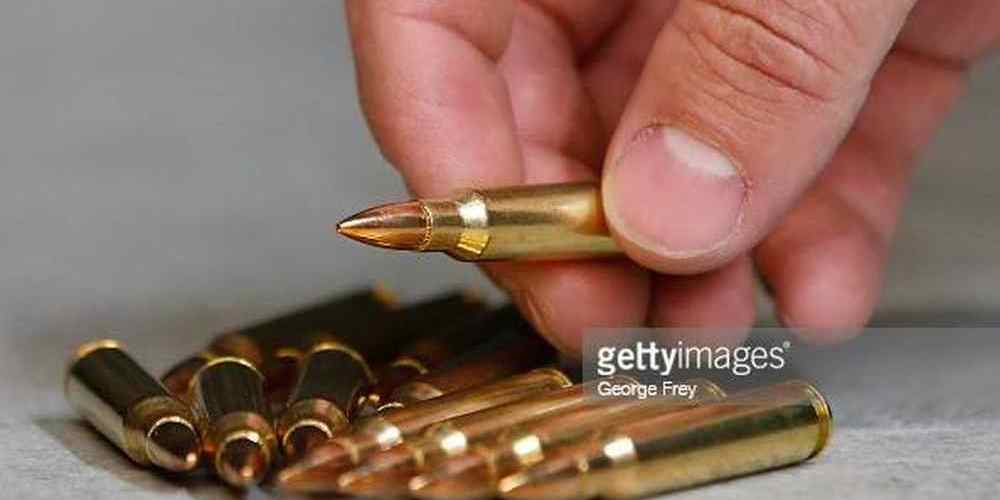
Safe Handling Procedures for Loading and Unloading Ammunition
When it comes to rifle ammunition safety, proper handling and transportation are crucial to prevent accidents and injuries. Whether you are a seasoned hunter or a beginner shooter, following the right procedures for loading and unloading ammunition is essential to ensure a safe shooting experience.
One of the first things to keep in mind when handling rifle ammunition is to always treat it with respect and caution. Even if you are familiar with firearms, it is important to remember that accidents can happen if proper safety measures are not followed. Always assume that a firearm is loaded, even if you believe it to be empty.
Before loading ammunition into your rifle, make sure to inspect each round carefully. Check for any signs of damage or defects, such as dents, cracks, or corrosion. Using damaged ammunition can lead to malfunctions or even dangerous situations, so it is best to discard any rounds that appear to be compromised.
When loading ammunition into your rifle, be sure to follow the manufacturer’s instructions for your specific firearm. Different rifles may have different loading procedures, so it is important to familiarize yourself with the proper technique for your particular gun. Always keep the muzzle pointed in a safe direction and never load ammunition until you are ready to shoot.
After you have finished shooting, it is important to properly unload your rifle before transporting it. To do this, first remove the magazine or clip from the firearm. Then, carefully eject any rounds that may still be in the chamber. Always double-check to ensure that the rifle is completely empty before handling it further.
When transporting your rifle and ammunition, it is important to follow local laws and regulations regarding firearms. Always keep your rifle unloaded and securely stored in a locked case or gun safe during transport. Keep your ammunition separate from your firearm and store it in a separate container to prevent accidental discharges.
If you are traveling with your rifle, be sure to secure it properly in your vehicle to prevent it from shifting or falling during transit. Avoid leaving your firearm unattended in your vehicle, as this can make it an easy target for theft. Always keep your rifle and ammunition out of sight to avoid drawing unwanted attention.
When handling rifle ammunition, always remember to practice good gun safety habits. Keep your finger off the trigger until you are ready to shoot, and never point your firearm at anything you do not intend to shoot. Treat every firearm as if it were loaded, and always follow the proper procedures for loading and unloading ammunition.
By following these tips for safe handling procedures for loading and unloading ammunition, you can help prevent accidents and injuries while enjoying your shooting activities. Remember that safety should always be your top priority when handling firearms, and never hesitate to seek out additional training or guidance if you are unsure about the proper procedures. With the right knowledge and precautions, you can ensure a safe and enjoyable shooting experience every time.
Transporting Ammunition Safely to and from the Range
When it comes to rifle ammunition safety, one of the most important aspects to consider is how you transport and handle your ammunition. Whether you are heading to the shooting range for some target practice or going on a hunting trip, it is crucial to follow proper safety protocols to ensure that you and those around you stay safe.
When transporting ammunition, it is essential to keep it in a secure and safe container. This will help prevent any accidental spills or leaks that could potentially lead to dangerous situations. A sturdy ammo box or case specifically designed for ammunition is the best option for transporting your rifle rounds. Make sure the container is properly labeled and securely closed to avoid any mishaps during transportation.
It is also important to keep your ammunition separate from your firearms during transport. This means storing your rifle rounds in a different compartment or container than your guns. This will help prevent any accidental loading of ammunition into the wrong firearm, which could have disastrous consequences. Keeping your ammunition separate from your firearms also helps to comply with local laws and regulations regarding the transportation of firearms and ammunition.
When loading and unloading your ammunition from your vehicle, always handle it with care. Avoid dropping or throwing your ammo boxes, as this could cause damage to the rounds inside. Instead, gently place the containers in a secure location where they will not be jostled or bumped during transport. It is also a good idea to double-check that all containers are securely closed before hitting the road to ensure that your ammunition stays safe and secure during transit.
Once you arrive at the shooting range or hunting location, it is important to handle your ammunition with caution. Always keep your rifle rounds stored in a safe and secure location, away from any heat sources or open flames. Avoid exposing your ammunition to extreme temperatures or moisture, as this could compromise the integrity of the rounds and make them unsafe to use.
When loading your rifle with ammunition, always follow the manufacturer’s guidelines for proper loading procedures. Make sure to use the correct caliber of ammunition for your firearm and never attempt to load rounds that are damaged or defective. Inspect each round carefully before loading it into your rifle to ensure that it is in good condition and free from any defects that could cause malfunctions.
After you have finished shooting or hunting, it is important to properly store any unused ammunition. Make sure to return all rounds to their original containers and store them in a cool, dry place away from any heat sources or open flames. This will help preserve the integrity of the rounds and ensure that they remain safe to use in the future.
In conclusion, transporting and handling rifle ammunition safely is essential for ensuring the safety of yourself and those around you. By following proper safety protocols and handling your ammunition with care, you can enjoy your shooting and hunting activities without putting yourself or others at risk. Remember to always store your ammunition in a secure container, keep it separate from your firearms during transport, and handle it with caution at all times. By following these tips, you can enjoy a safe and enjoyable shooting experience every time you head to the range.
Importance of Inspecting Ammunition for Defects or Damage
When it comes to rifle ammunition safety, one of the most important aspects to consider is inspecting your ammunition for defects or damage. This step is crucial in ensuring that your ammunition is safe to use and will function properly when fired. In this article, we will discuss the importance of inspecting your rifle ammunition and provide some tips on how to do so effectively.
Inspecting your ammunition before use is essential for several reasons. First and foremost, it helps to ensure that your ammunition is in good condition and will function as intended when fired. Inspecting your ammunition can help you identify any defects or damage that may affect its performance, such as dented casings, cracked bullets, or corrosion. By catching these issues before use, you can prevent potential malfunctions or accidents while shooting.
Another reason why inspecting your ammunition is important is to ensure your own safety and the safety of those around you. Using damaged or defective ammunition can be dangerous, as it may not fire properly or could potentially explode in your firearm. By inspecting your ammunition before use, you can minimize the risk of accidents and ensure a safe shooting experience for yourself and others.
So, how can you effectively inspect your rifle ammunition for defects or damage? The first step is to visually inspect each round of ammunition for any obvious signs of damage. Look for dents, cracks, or corrosion on the casings and bullets, as well as any discoloration or unusual markings. If you notice any of these issues, it is best to discard the round and not use it.
In addition to visual inspection, you can also perform a tactile inspection by feeling the ammunition for any abnormalities. Run your fingers along the casing and bullet to check for any rough spots, bulges, or other irregularities. If you feel anything out of the ordinary, it is best to err on the side of caution and not use the round.
It is also important to store your ammunition properly to prevent damage and ensure its longevity. Keep your ammunition in a cool, dry place away from moisture, extreme temperatures, and direct sunlight. Avoid storing your ammunition in areas where it may be exposed to corrosive materials or chemicals, as this can damage the casings and bullets over time.
In conclusion, inspecting your rifle ammunition for defects or damage is a crucial step in ensuring your safety and the safety of those around you. By taking the time to visually and tactilely inspect each round of ammunition before use, you can identify any issues that may affect its performance and prevent potential accidents while shooting. Remember to store your ammunition properly to maintain its quality and functionality. By following these tips, you can enjoy a safe and successful shooting experience with your rifle ammunition.
Guidelines for Properly Disposing of Unused or Damaged Ammunition
When it comes to rifle ammunition safety, it’s not just about how you handle and transport live rounds. Properly disposing of unused or damaged ammunition is just as important to ensure the safety of yourself and those around you. In this article, we will discuss some guidelines for safely disposing of ammunition that you no longer need or that has become damaged.
First and foremost, it’s crucial to never attempt to dispose of live ammunition by throwing it in the trash or flushing it down the toilet. This can be extremely dangerous and can lead to serious injury or even death. Instead, the best way to dispose of live ammunition is to take it to a local gun shop or shooting range that offers an ammunition disposal service. They will have the proper facilities and knowledge to safely dispose of the ammunition for you.
If you have damaged or corroded ammunition that you need to dispose of, it’s important to handle it with care. Damaged ammunition can be unstable and unpredictable, so it’s best to treat it as if it were live ammunition. The safest way to dispose of damaged ammunition is to place it in a sturdy container, such as a metal ammo can, and take it to a local gun shop or shooting range for proper disposal.
Another option for disposing of unused or damaged ammunition is to contact your local police department or fire department. They may have a bomb squad or hazardous materials team that can safely dispose of the ammunition for you. It’s important to never attempt to dismantle or disassemble ammunition yourself, as this can be extremely dangerous and should only be done by trained professionals.
If you are unable to take the ammunition to a gun shop, shooting range, or local authorities for disposal, there are some other options available to you. Many communities have hazardous waste disposal sites that accept ammunition for proper disposal. You can also contact your local waste management company to inquire about their policies for disposing of ammunition.
In some cases, you may be able to render the ammunition safe for disposal yourself. One method is to submerge the ammunition in water for at least 24 hours to deactivate the primer and powder. Once the ammunition has been submerged, you can then dispose of it in the trash. However, this method should only be used as a last resort and should be done with extreme caution.
In conclusion, properly disposing of unused or damaged ammunition is essential for maintaining a safe shooting environment. Whether you take the ammunition to a gun shop, shooting range, local authorities, or use a hazardous waste disposal site, it’s important to handle the ammunition with care and follow all safety guidelines. By following these guidelines, you can help prevent accidents and ensure the safety of yourself and those around you.




